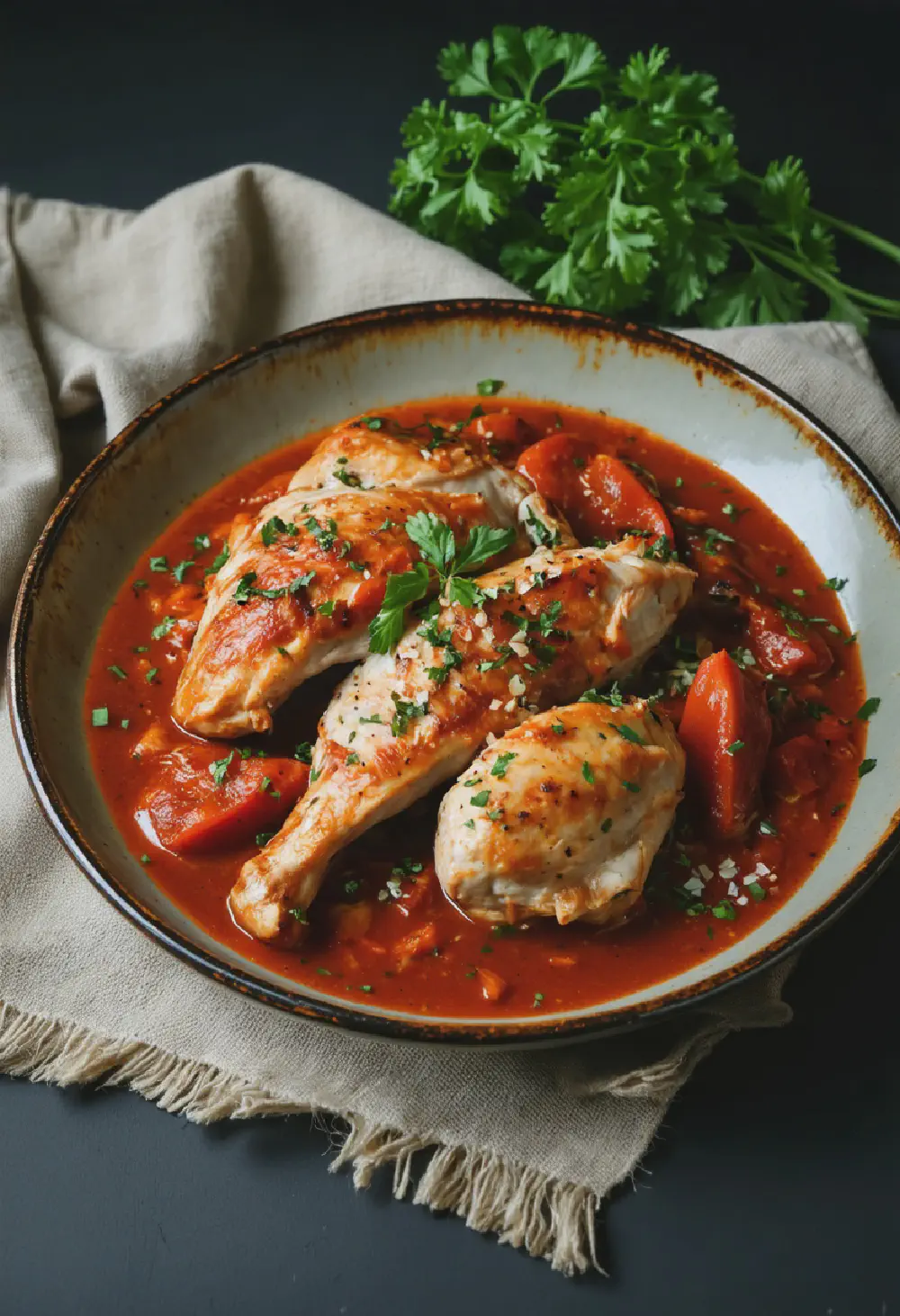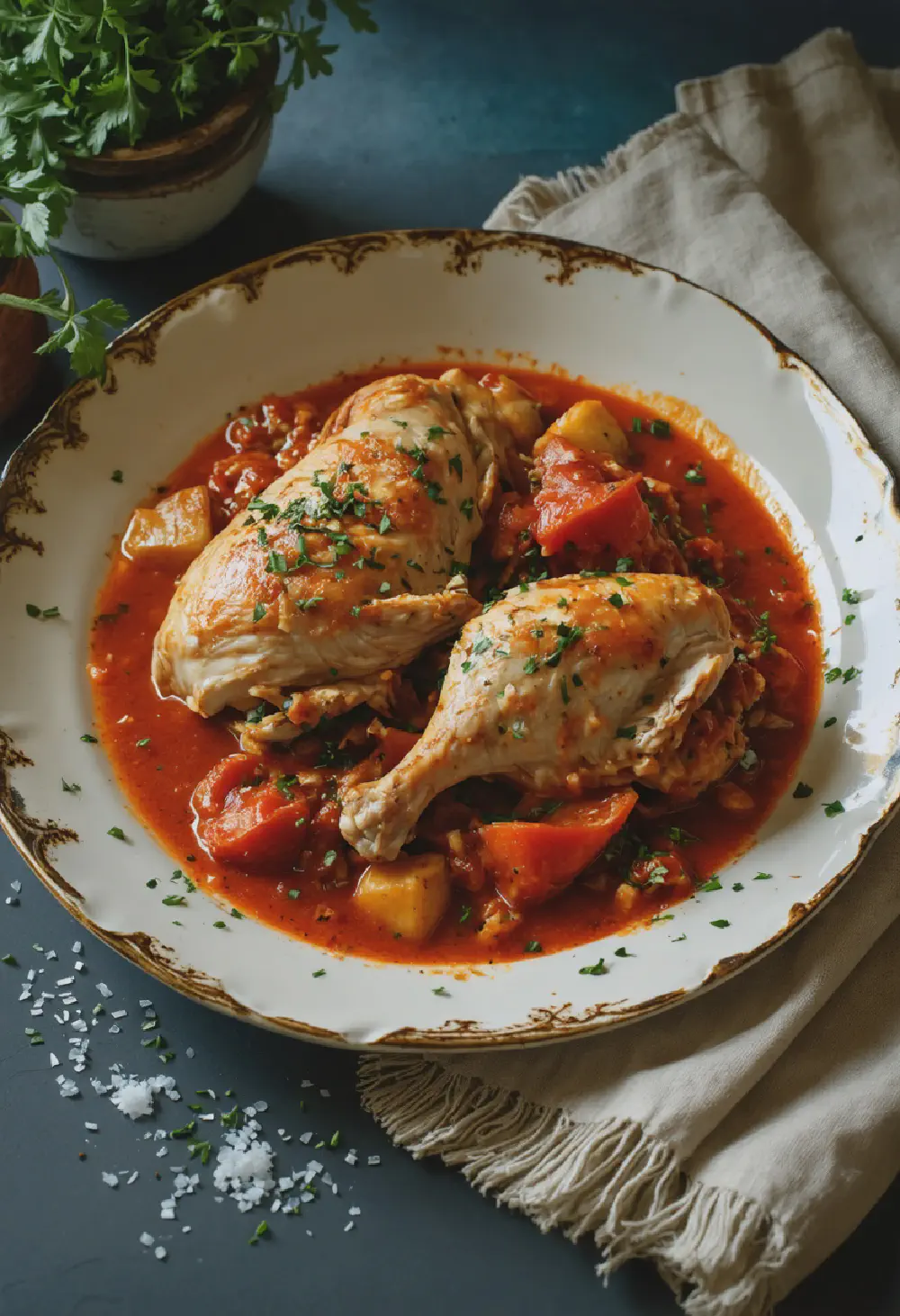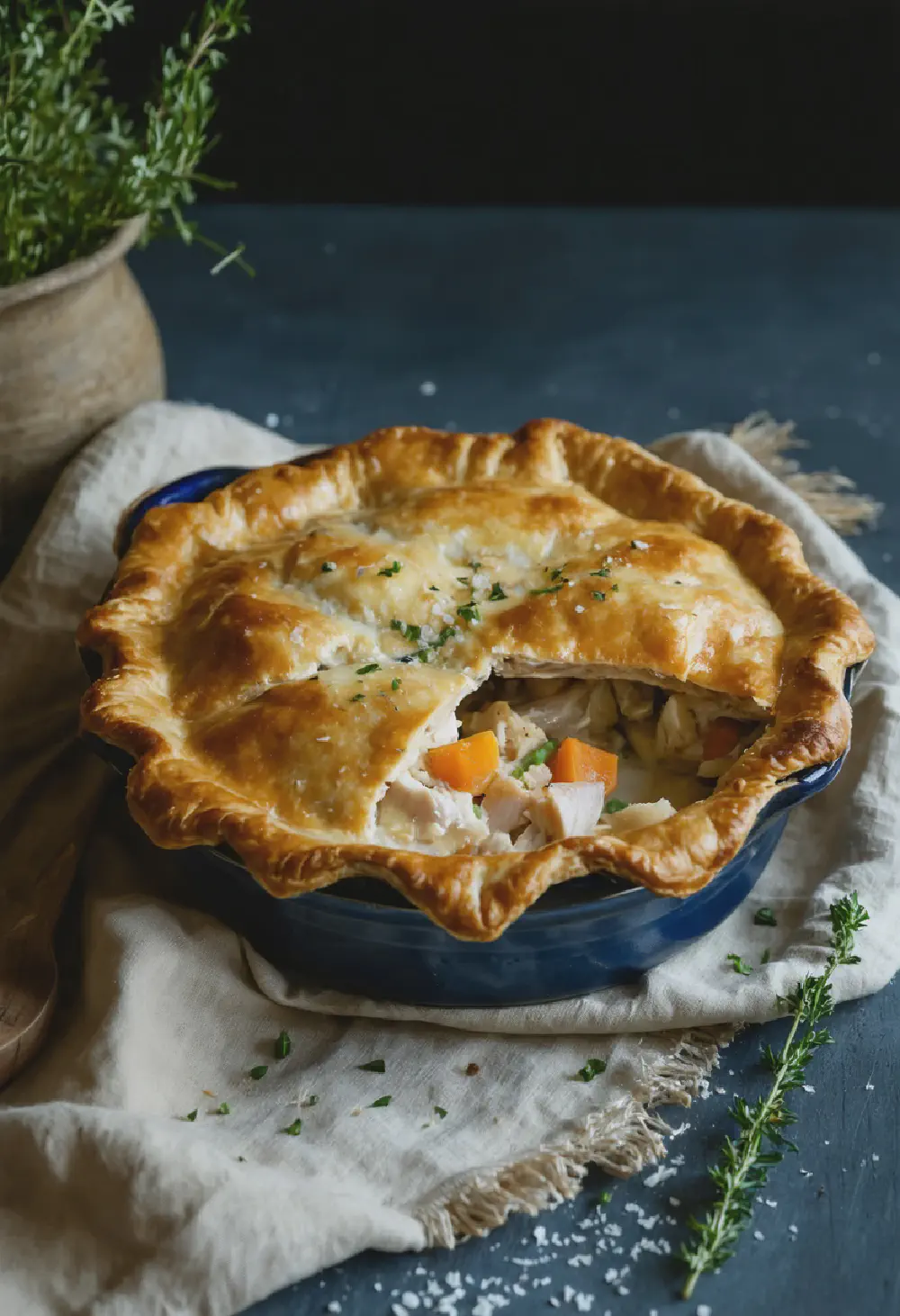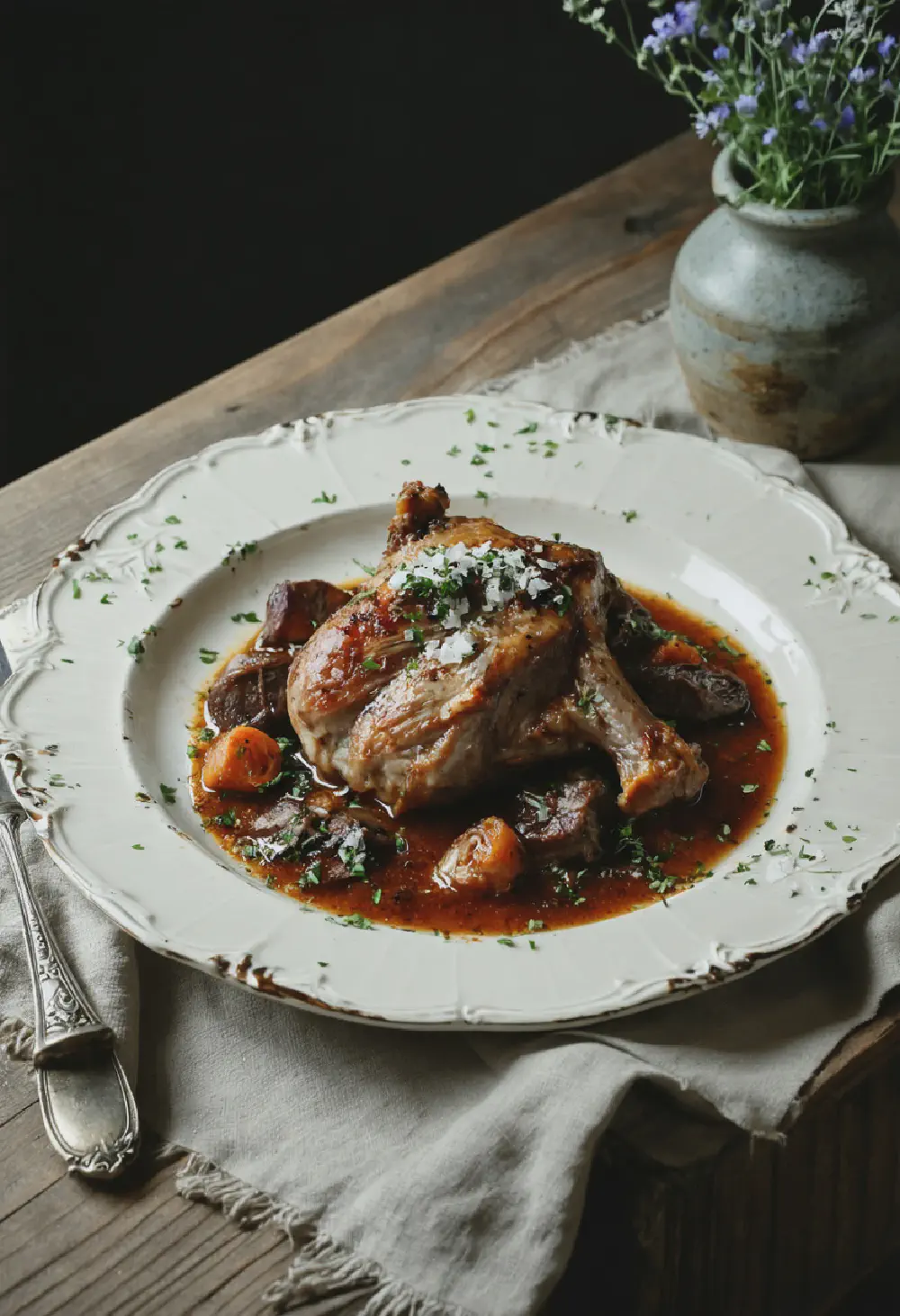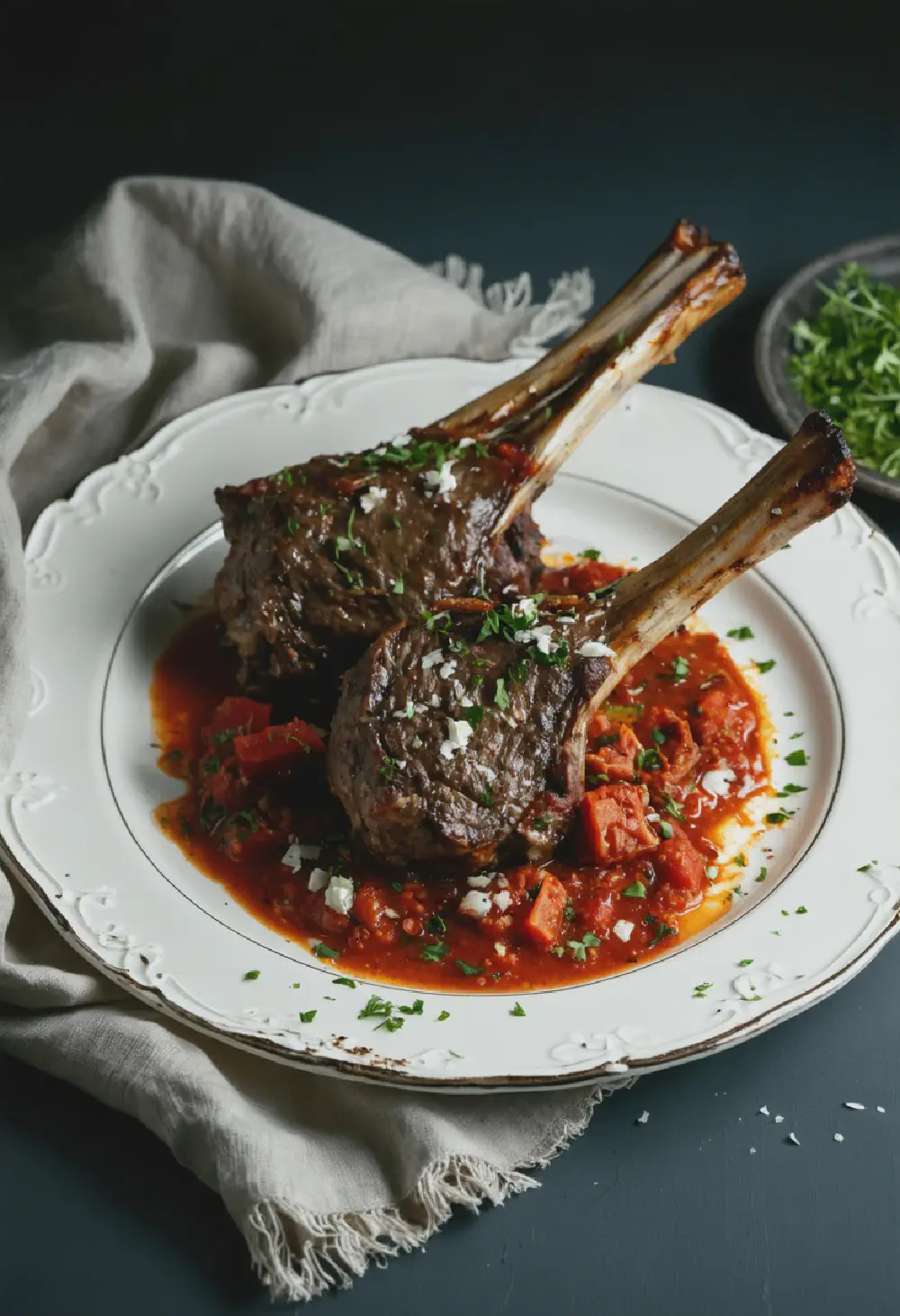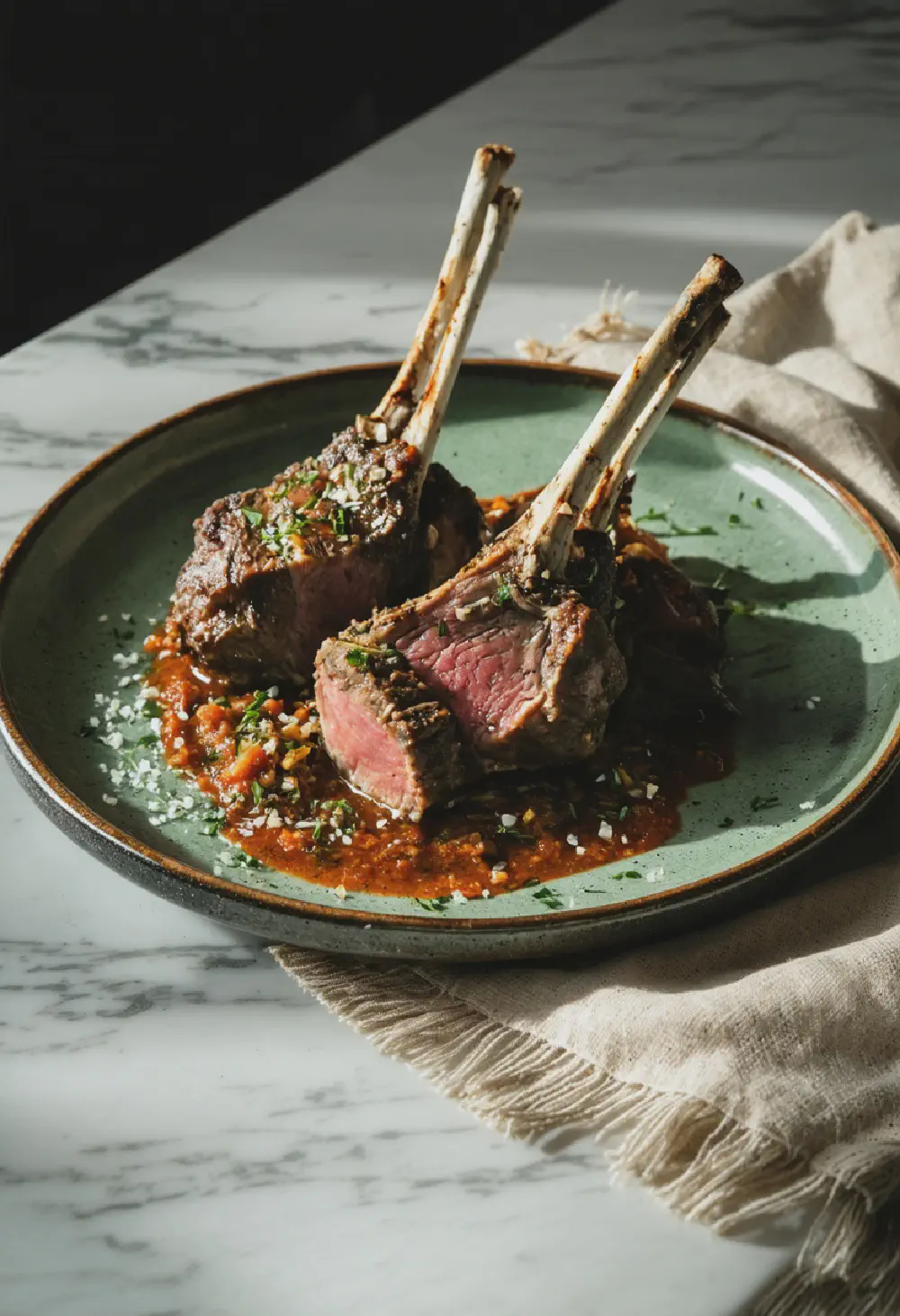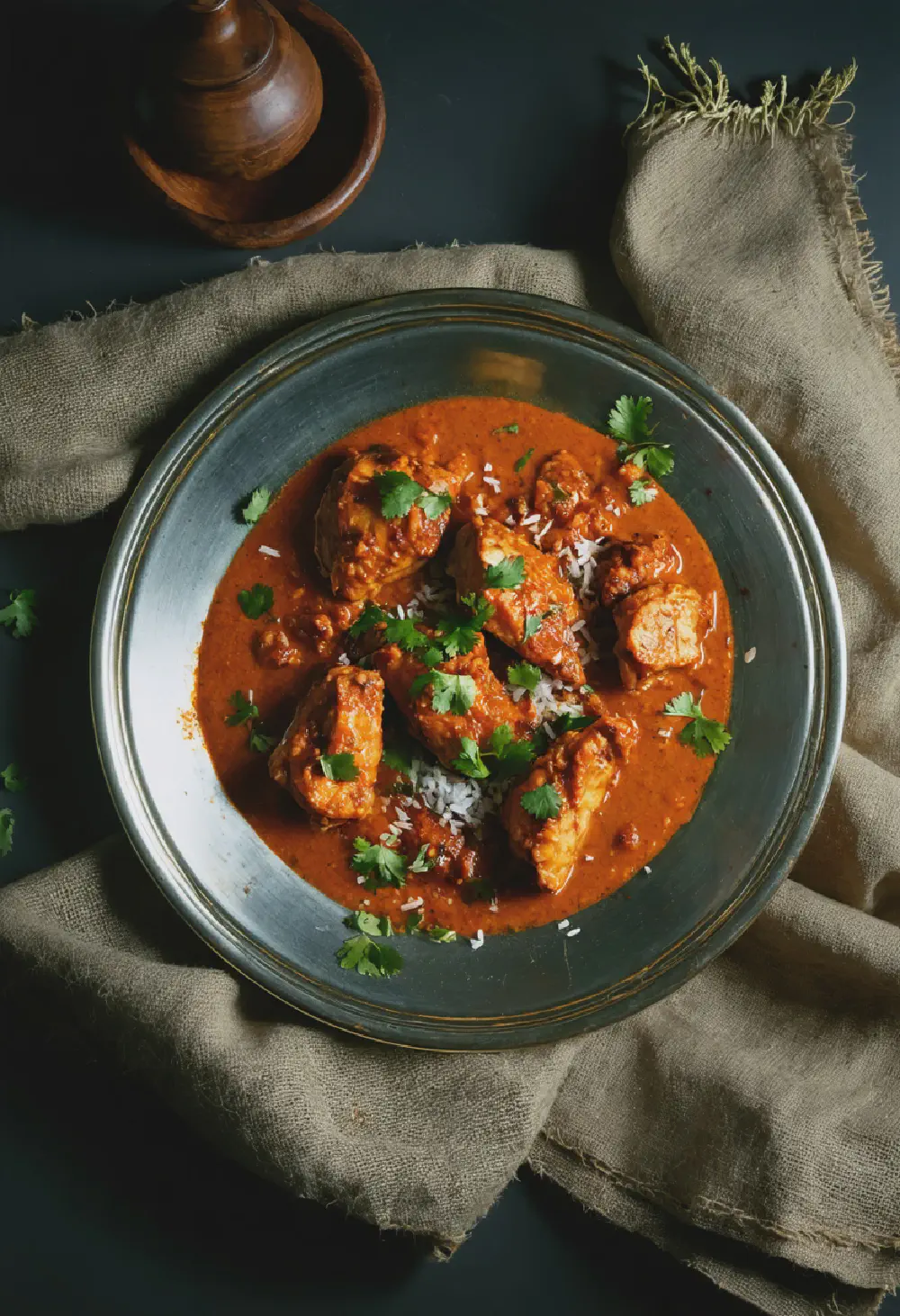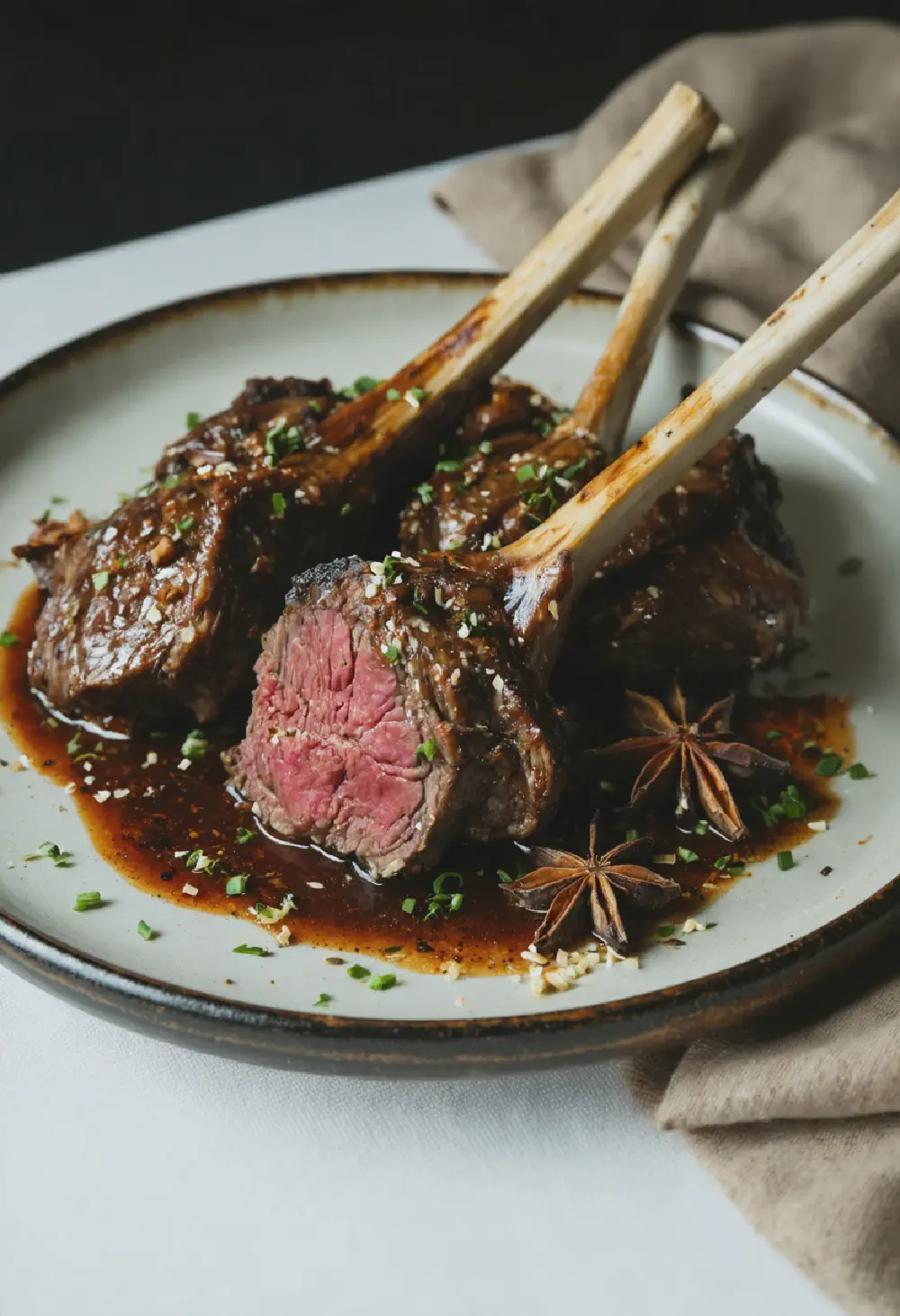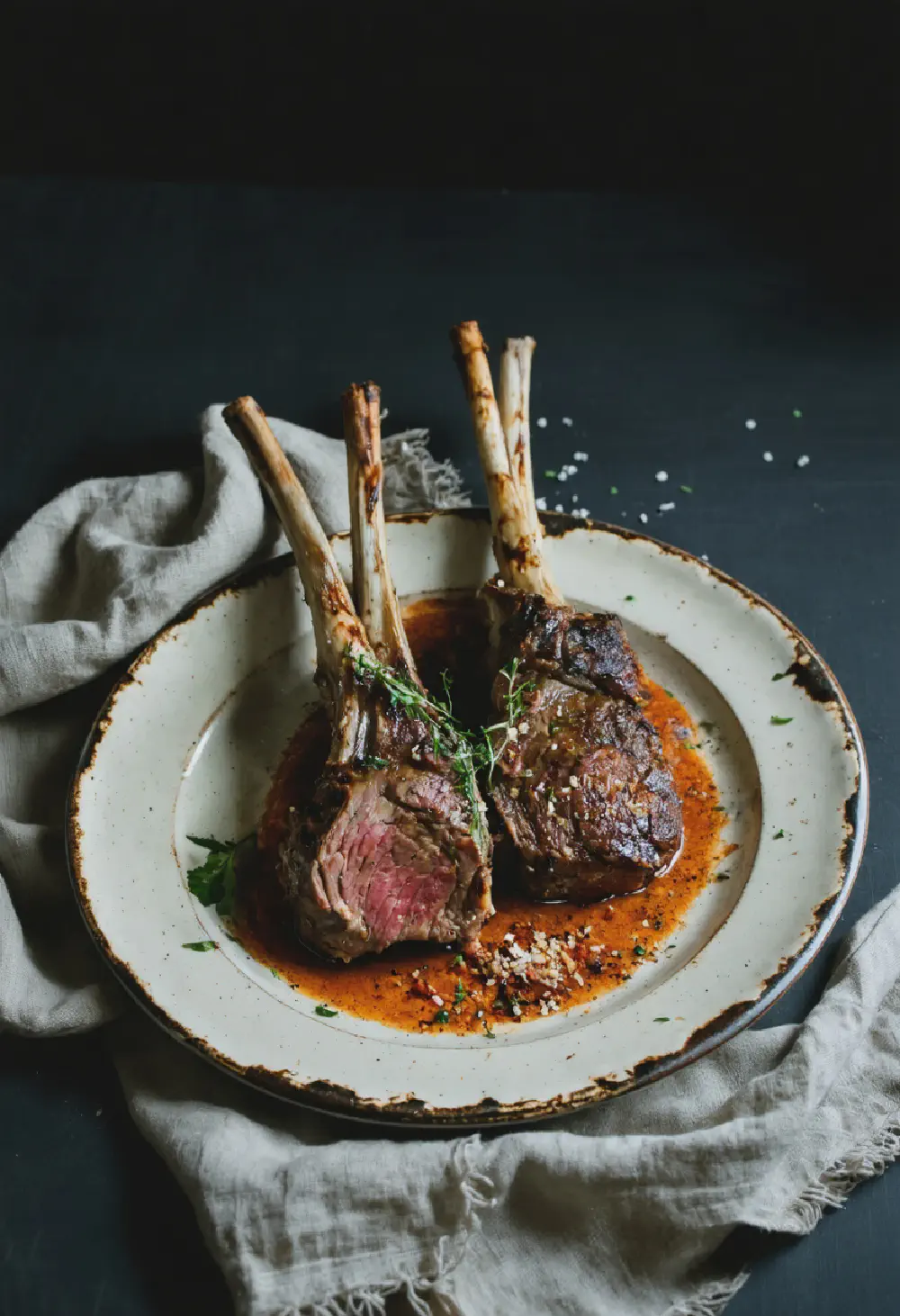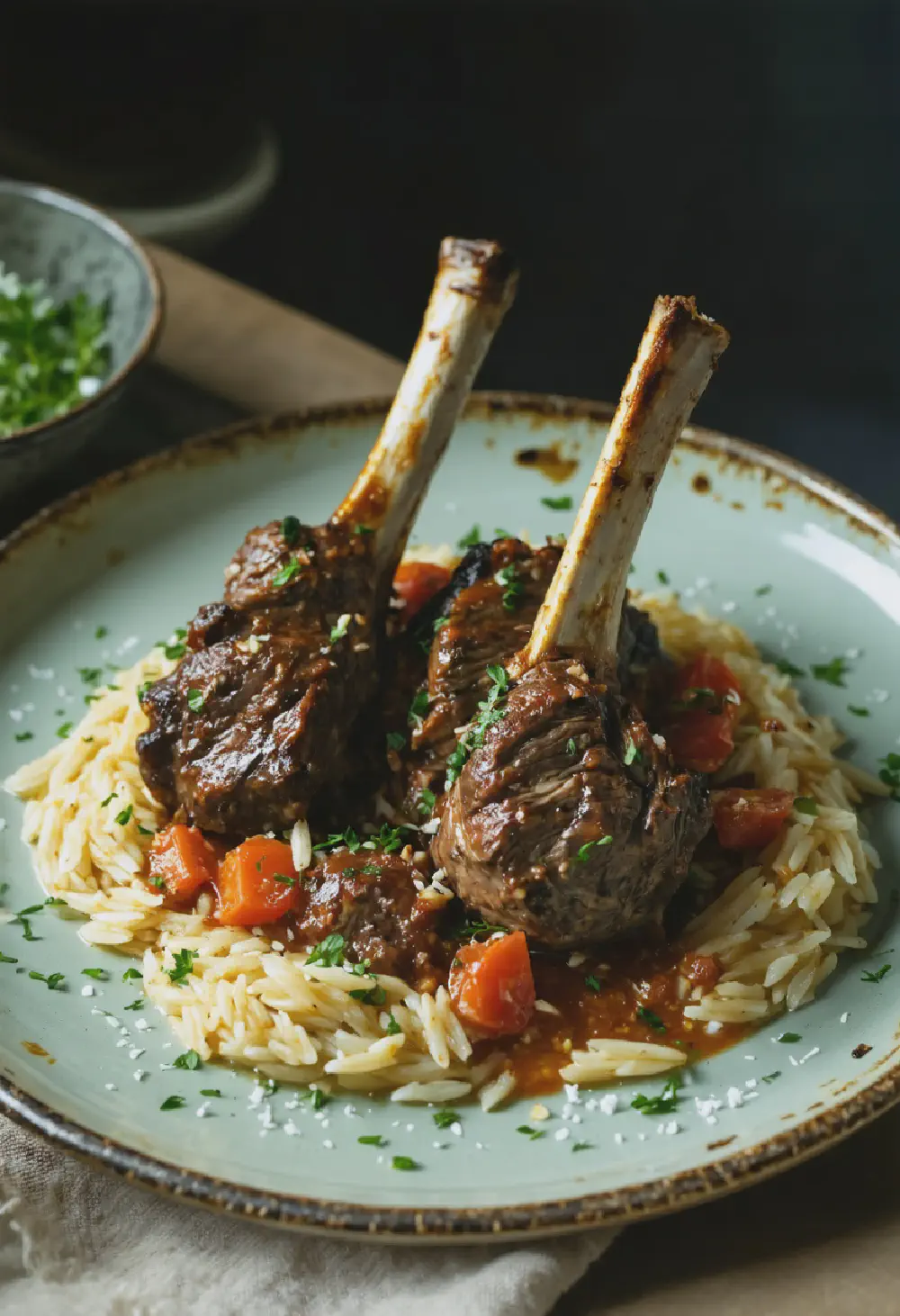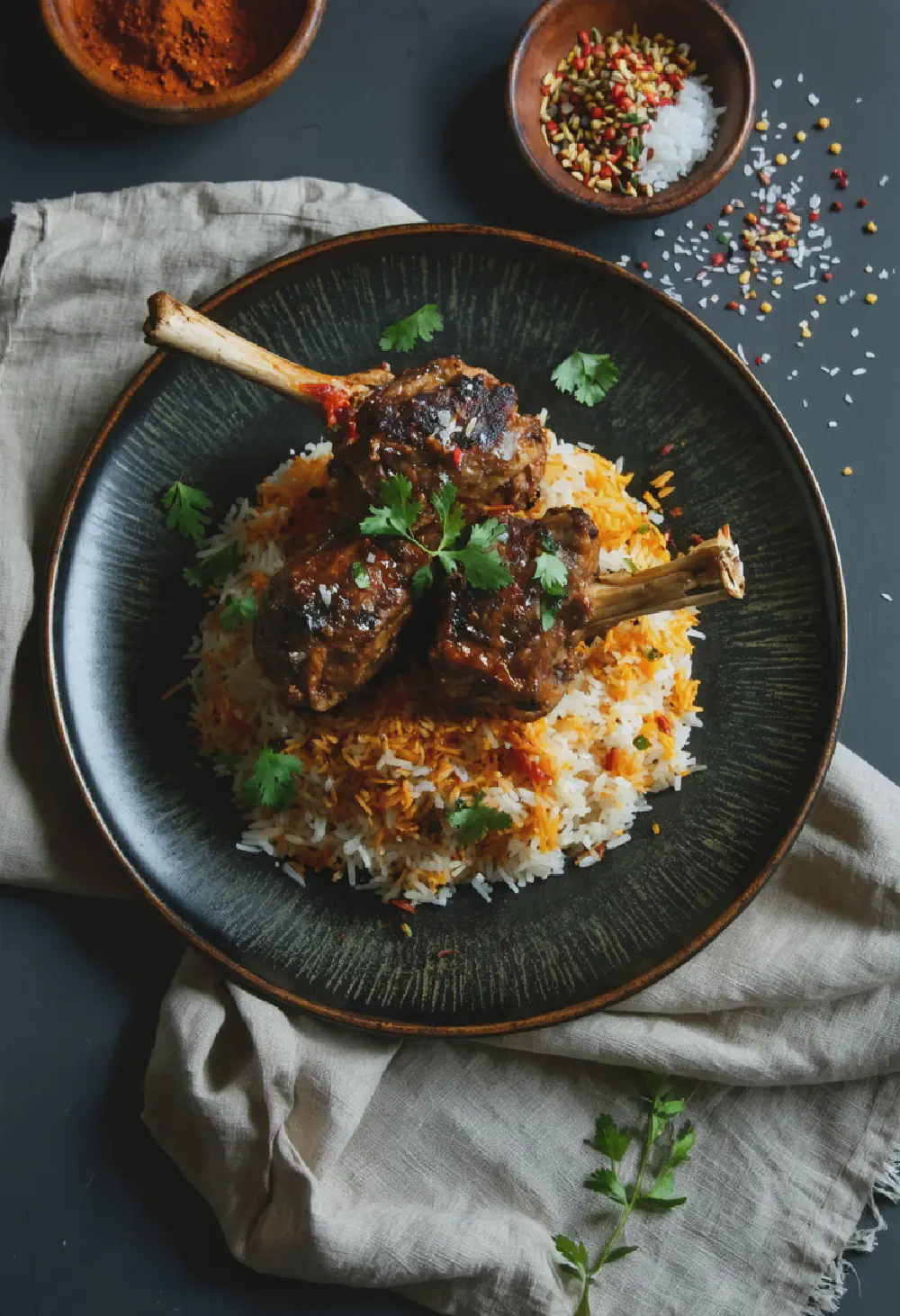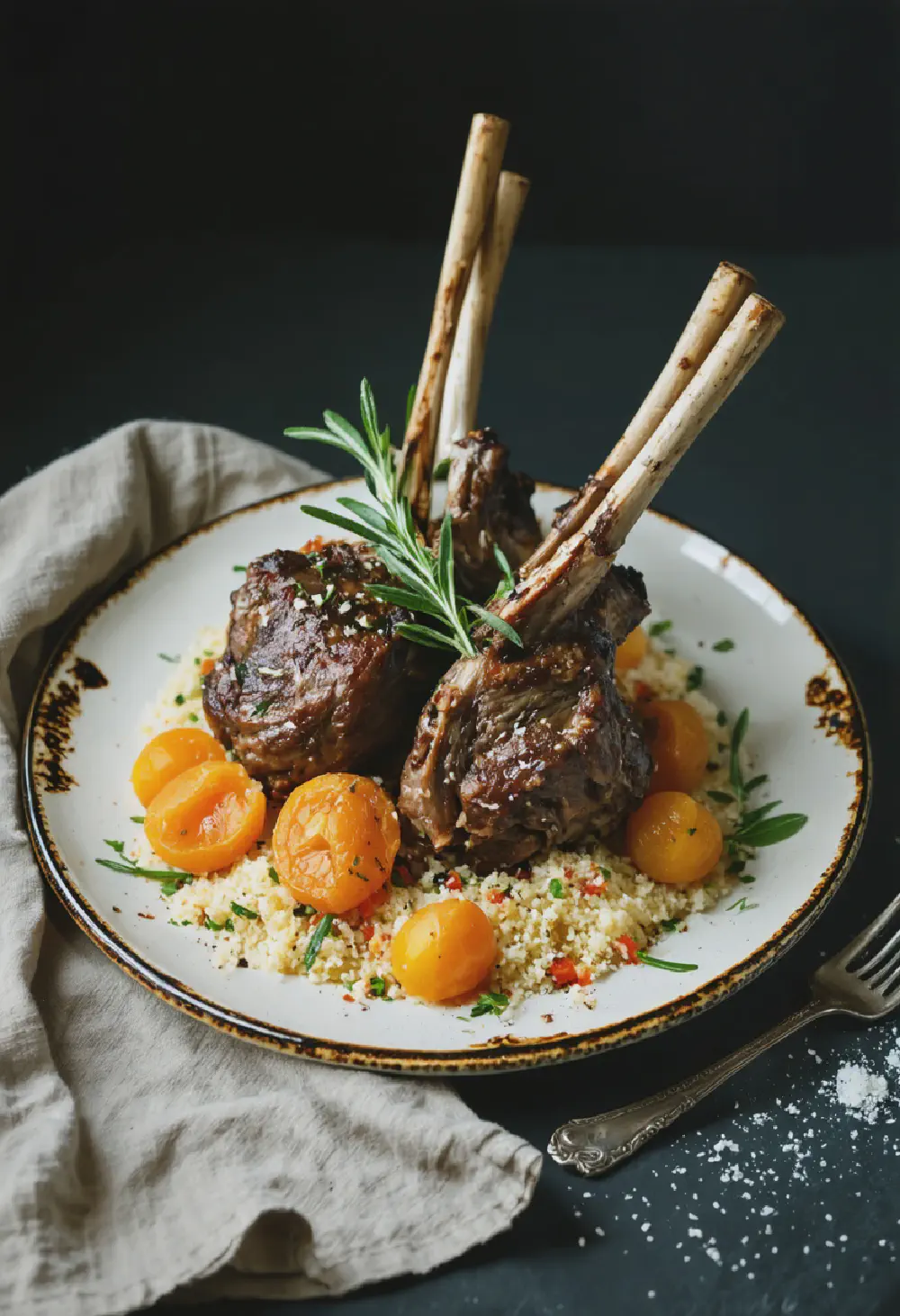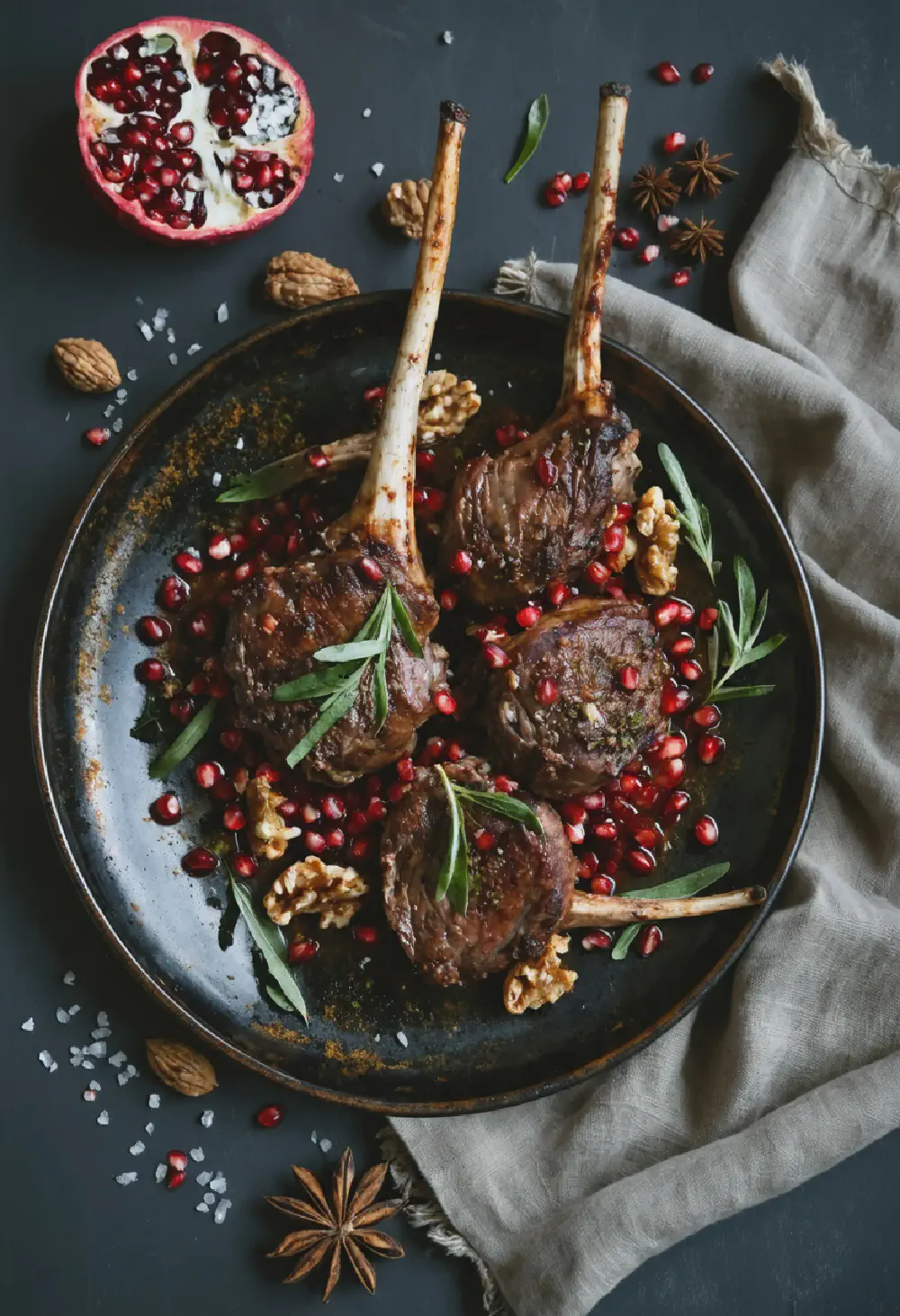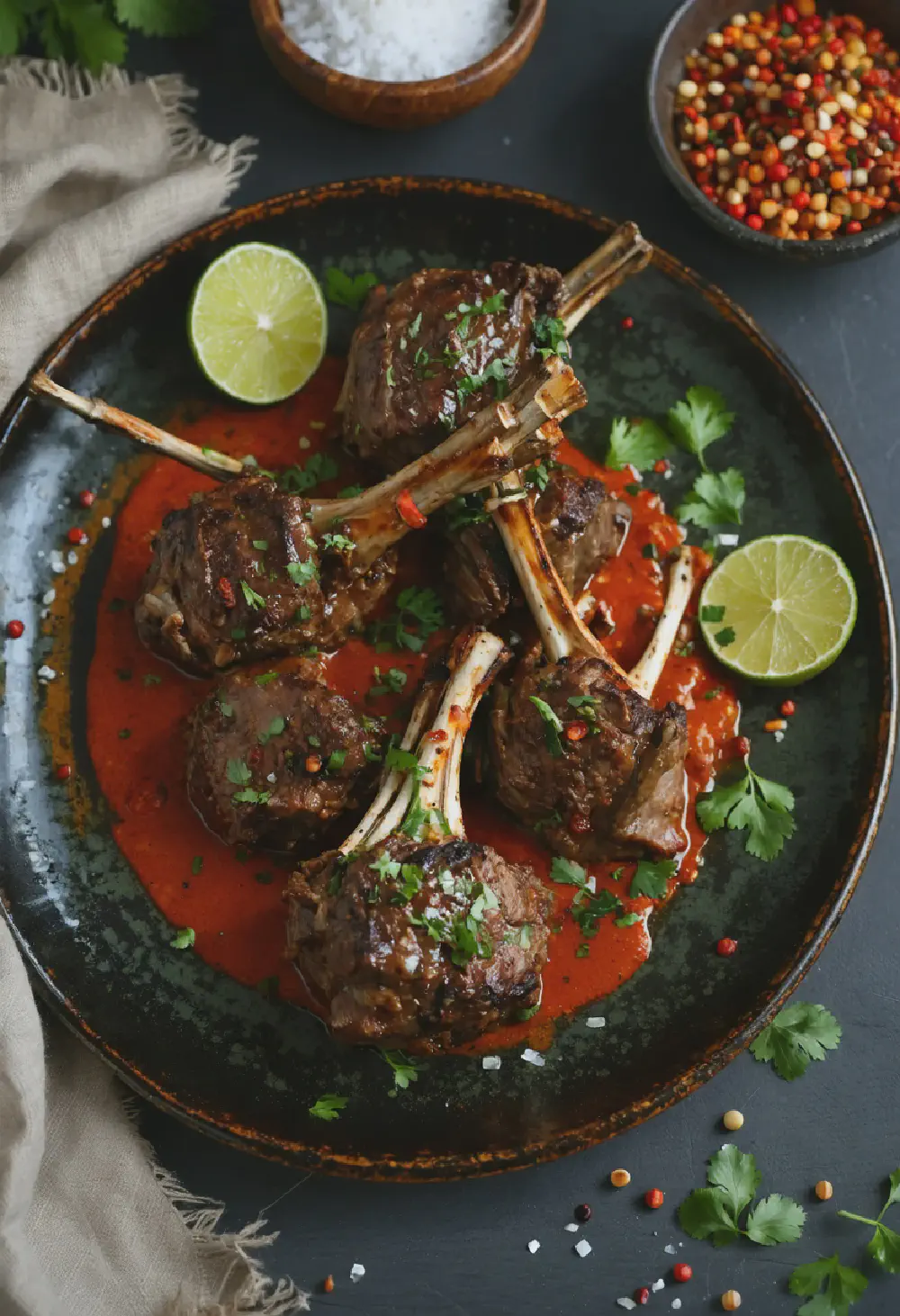Chicken Paprikash
20M
1H and 5M
- Makes 4
- 4 bone-in, skin-on chicken thighs
- 4 bone-in, skin-on chicken drumsticks
- Salt and freshly ground black pepper to taste
- 2 tablespoons vegetable oil
- 1 large onion, finely chopped
- 3 cloves garlic, minced
- 3 tablespoons sweet Hungarian paprika
- 1 cup chicken broth
- 1 can (14.5 oz) diced tomatoes, undrained
- 1/2 cup sour cream
- 2 tablespoons all-purpose flour
- Chopped fresh parsley for garnish
- Season the chicken thighs and drumsticks generously with salt and pepper.
- Heat the vegetable oil in a large, deep skillet or Dutch oven over medium-high heat. Add the chicken pieces, skin-side down, and cook until golden brown, about 5-7 minutes. Flip and cook the other side for another 5 minutes. Remove the chicken and set aside.
- In the same skillet, reduce the heat to medium and add the chopped onion. Sauté until the onion is soft and translucent, about 5 minutes.
- Add the minced garlic and cook for another minute until fragrant.
- Stir in the sweet Hungarian paprika, ensuring it coats the onions and garlic evenly. Cook for 1 minute, being careful not to burn the paprika.
- Pour in the chicken broth and diced tomatoes with their juice, stirring to combine. Bring the mixture to a simmer.
- Return the chicken pieces to the skillet, nestling them into the sauce. Cover and simmer gently for about 30 minutes, or until the chicken is cooked through and tender.
- In a small bowl, whisk together the sour cream and flour until smooth. Gradually stir this mixture into the skillet, ensuring it is well incorporated into the sauce. Simmer for an additional 5 minutes to thicken the sauce.
- Taste and adjust seasoning with salt and pepper if needed. Serve the Chicken Paprikash hot, garnished with chopped fresh parsley.
Chicken Paprikash: A Dive into Hungarian Culinary Tradition
History
Chicken Paprikash, a beloved dish in Hungarian cuisine, traces its roots back to the 18th century. The dish’s name is derived from “paprika,” the vibrant red spice that is a staple in Hungarian cooking. Paprika was introduced to Hungary by the Ottoman Turks during their occupation in the 16th and 17th centuries. Initially used for its medicinal properties, paprika soon became a culinary favorite, leading to the creation of Chicken Paprikash. This dish has evolved over time, with variations incorporating different types of paprika, from sweet to hot, reflecting the diversity of Hungarian culinary traditions. The dish’s popularity has spread beyond Hungary, becoming a cherished comfort food in many parts of the world.
Taste Profile
The taste profile of Chicken Paprikash is a harmonious blend of flavors that showcases the versatility of paprika. The dish features tender chicken simmered in a rich and creamy sauce, where the paprika plays a starring role. Depending on the type of paprika used, the sauce can range from mildly sweet to moderately spicy, offering a depth of flavor that is both comforting and complex. The creaminess of the sauce, often achieved with sour cream or heavy cream, adds a luxurious texture that complements the tender chicken. The dish is typically seasoned with salt and pepper, and sometimes enhanced with onions and garlic, creating a well-rounded flavor that is both satisfying and indulgent.
Cultural Significance
In Hungarian cuisine, Chicken Paprikash holds a special place as a symbol of comfort and tradition. It is often served at family gatherings and celebrations, embodying the warmth and hospitality that are central to Hungarian culture. The dish’s reliance on paprika not only highlights the spice’s importance in Hungarian cooking but also reflects the country’s agricultural heritage. Paprika is grown extensively in Hungary, particularly in the regions of Szeged and Kalocsa, where it is celebrated as a national treasure. Chicken Paprikash, therefore, is more than just a meal; it is a culinary expression of Hungarian identity, connecting generations through its rich flavors and comforting warmth.
